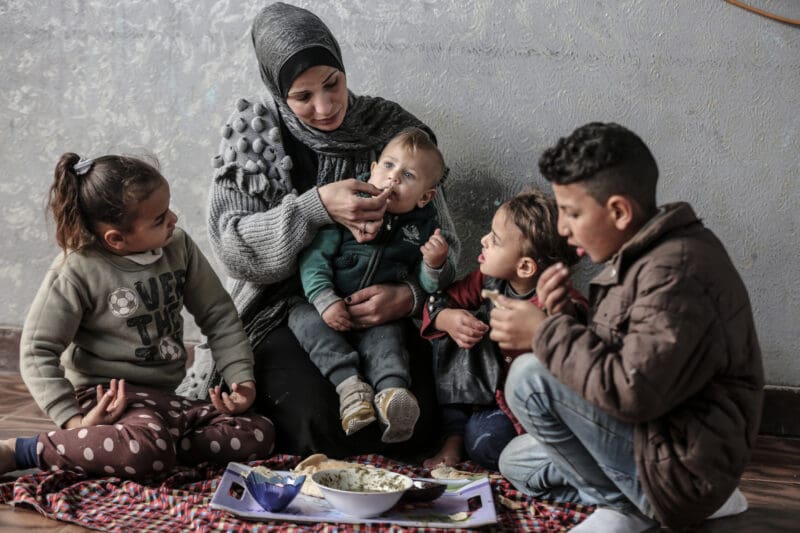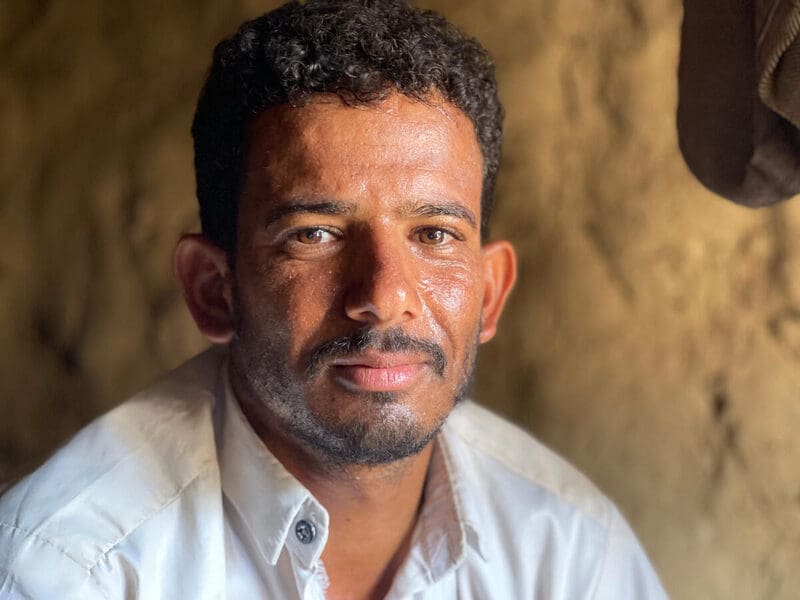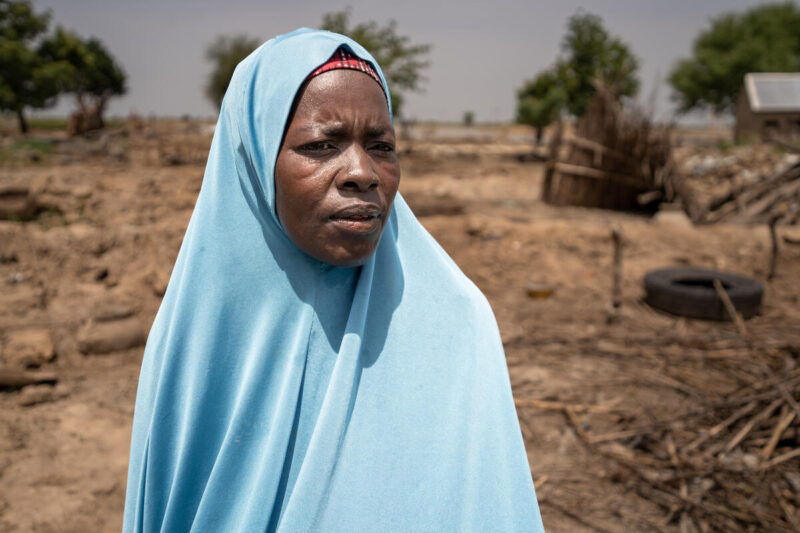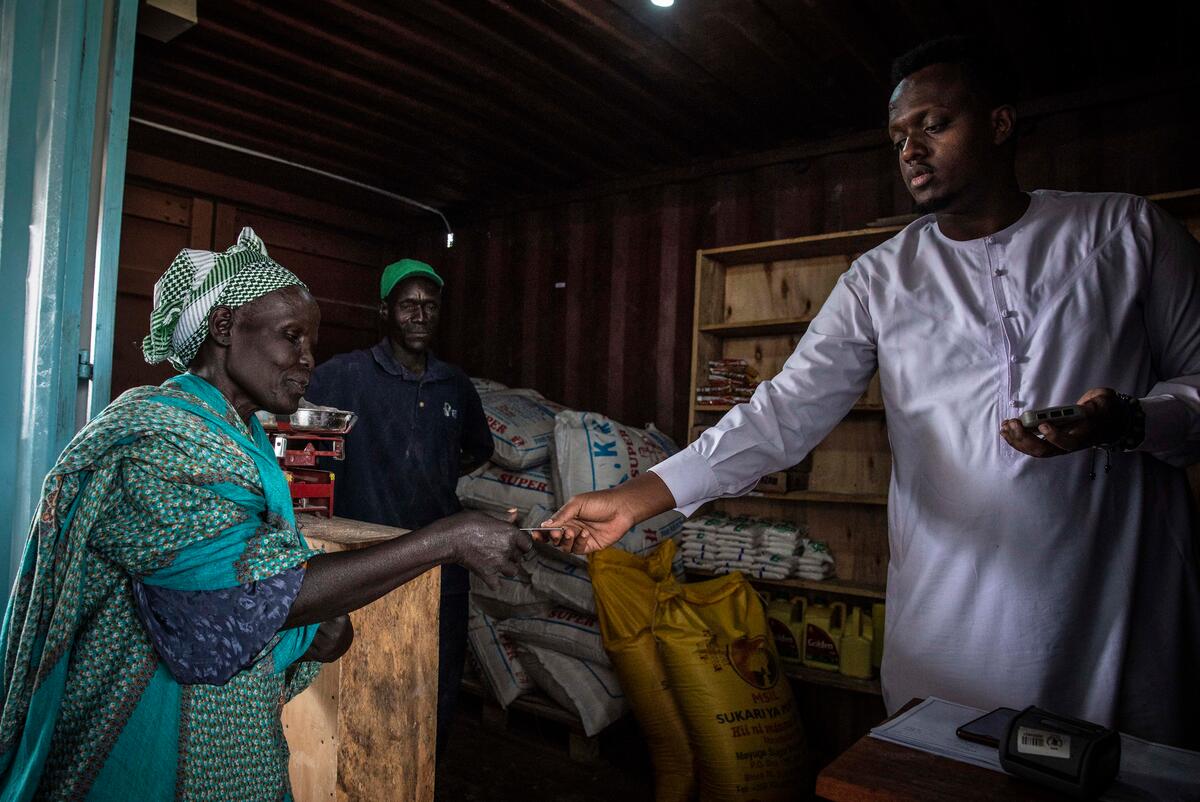COnflict Causes Hunger
When War Hits, Hunger Strikes Harder
Conflict has pushed millions of people into alarming levels of hunger. We urgently need your help to send them food and save their lives.
How Conflict Drives Hunger
Conflict forces families from their homes, destroys economies, ruins infrastructure and makes food nearly impossible to find or afford. As the recipient of the 2020 Nobel Peace Prize, the United Nations World Food Programme is there before, during and after upheaval to help families survive and recover.
65% of the world’s hungriest people live in conflict-affected areas.
More than 120 million people have been displaced from their homes by persecution, conflict or violence.
Conflict is the primary driver of hunger in the world.
Hunger in the World’s Worst Conflict Zones

Gaza
The escalating conflict in Gaza has made food nearly impossible to find, store or prepare. Food systems have collapsed and the risk of famine persists across the Gaza Strip. Restrictions on humanitarian aid entering Gaza are severe. Yet, the U.N. World Food Programme continues to provide food, cash and nutrition assistance to families in Gaza.
Donate Now

Democratic Republic of the Congo
Around a quarter of the Democratic Republic of the Congo’s population are facing crisis levels of hunger or worse. A mix of conflict, displacement, disease, economic decline, natural disasters and COVID-19 has driven the number of people facing hunger to skyrocket in recent years. In 2023, the U.N. World Food Programme assisted 5.3 million people across the country.

Yemen
Yemen is one of the world’s most dire hunger crises. Over half of the population does not know where their next meal is coming from. In 2023, the U.N. World Food Programme assisted over 15 million people.
Photo: WFP/Mohammed Awadh
Syria
Over 10 years of war have pushed millions of Syrians into extreme levels of poverty and hunger. Nearly 7 million people are displaced inside the country and another 5 million have fled to neighboring countries. Syrian children have borne the brunt of the war’s effects, forcing millions of them out of school. The U.N. World Food Programme served over 7 million Syrians in 2023.
Photo: WFP/Hussam Al Saleh
Northeast Nigeria
Conflict and poverty are wreaking havoc in Nigeria. Violence is causing mass movements of people, with 3.4 million people internally displaced and many families seeking refuge elsewhere. In the Northeast alone, over 4 million people are facing acute hunger. The U.N. world Food Programme is assisting 1.1 million people across Nigeria every month.
Photo: WFP/Arete/Ozavogu Abdul/2022





Malnutrition
Finally, the combination of destabilization and displacement almost inevitably leads to hunger, which is especially cruel to children. A child living in a country ravaged by violence is more than twice as likely to be malnourished and to be out of school.
Destabilization
When violence erupts, it sends shock waves through the region. Infrastructure is destroyed, imports cease, inflation rates rise, currency devalues, roads are cut off and jobs are lost. All of this makes it exceedingly difficult for people to find enough food.
Where there is conflict there is hunger, and where there is hunger there is often conflict.
Displacement
Next, when it’s no longer safe at home and people can’t make ends meet, many of them have no choice but to leave – often bringing only what they can carry. Without resources, finding food in isolated, often bleak environments, becomes even harder.
Today, conflict, violence and persecution have driven over 100 million people away from their homes.
Stories of Conflict and Hunger
How WFP Works in Conflict Zones
See how we sow peace and save lives. The United Nations World Food Programme (WFP) faces conflict head-on and goes where others can’t. With your support, we reach the most vulnerable people in the world.

WFP provides lifesaving food and specialized nutrition to the most desperate people in conflict zones. From dried grains and beans to fortified powders and high-energy biscuits, we deliver the right food at the right time.


Sometimes food is still available during conflict but it’s unaffordable because of inflation. That’s when WFP provides cash-based assistance in the form of food vouchers or debit cards so families can buy food locally.


In conflict, children are often pulled out of school to help earn money, work around the house or care for younger siblings. Our school meals help keep them in class and provide critical calories they can depend on.


WFP combines short- and long-term assistance to build back people’s self-reliance. We rehabilitate land, train small-scale farmers, teach job skills and build vital infrastructure like bridges and roads.

Help Save lives today
Your gift to WFP can help deliver lifesaving food to families in conflict zones.


